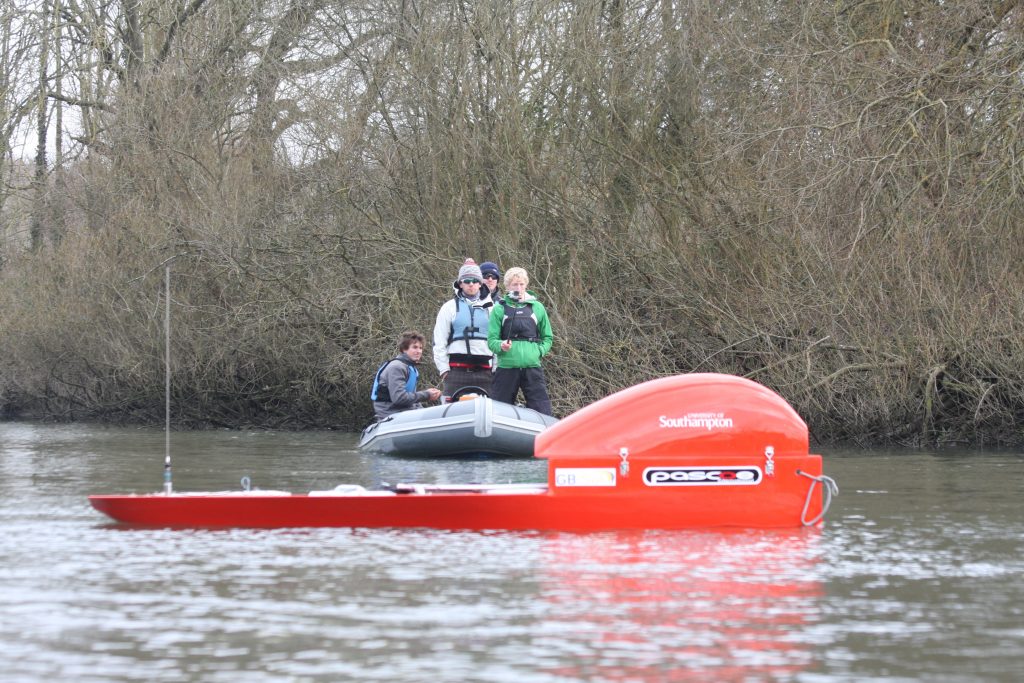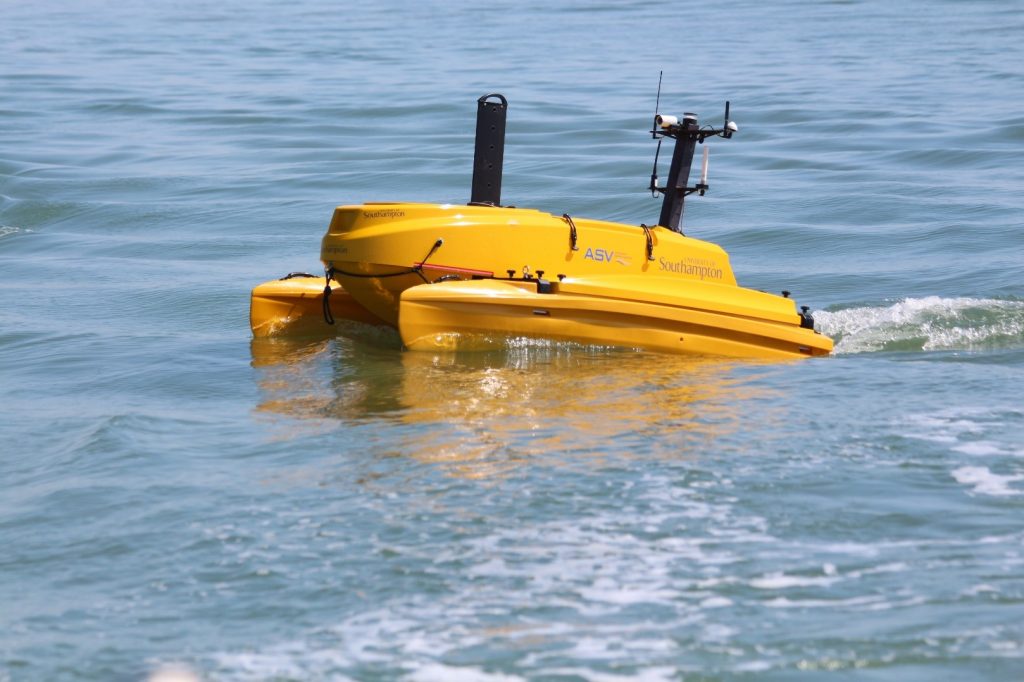It is an exciting time in maritime autonomy especially in the UK. The recent Shell XPrize competition stimulated the sector to show how much progress had been made in the ability to survey the deep ocean seabed. Our own Associate Professor Blair Thornton was an integral part of the team that came second. The winning team’s uncrewed surface vessel Sea-kit was built in Essex and recently crossed the English channel autonomously .

An even greater adventure will take place next year when a Plymouth based partnership will attempt to send a USV across the Atlantic to commemorate the Mayflower’s voyage to the America’s in 1620. It is great to see such ambition. We are delighted to see double Ship Science graduate Dr Rachel Nicholls-Lee’s company Whiskerstay involved in the design of the Mayflower Autonomous Ship and its futuristic design. The challenge has excited interest worldwide with Professor Stephen Turnock interviewed by NBC in USA about some of the challenges the Mayflower AS is expected to encounter.

Two groups of our final year Ship Science Group Design project students explored some of the challenges and developed our ASV Fortitude between 2014 and 2016. Currently being refitted Fortitude is now one of our group of ASV based in our Maritime Robotics Laboratory led by Dr Jon Downes alongside our ASV CCAT3.

We see autonomy as central to many future developments in maritime engineering and our new look theme in Marine Engineering and Autonomy for our MSc and MEng pathway reflects this with modules such as our 15 credit Master’s module in SESS6072 led by Dr Nick Townsend on Maritime Robotics which was one of the first in the world when it launched 5 years ago.
